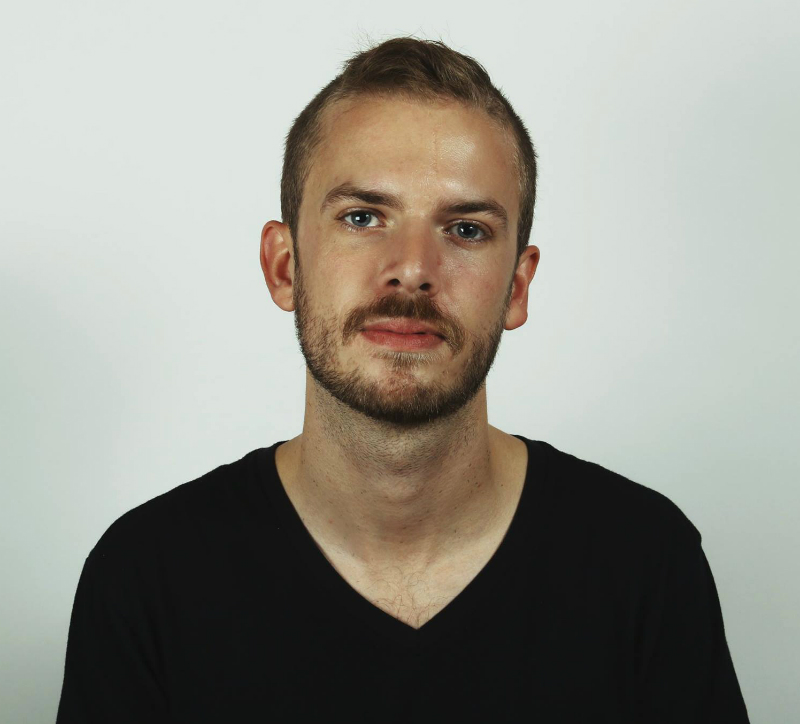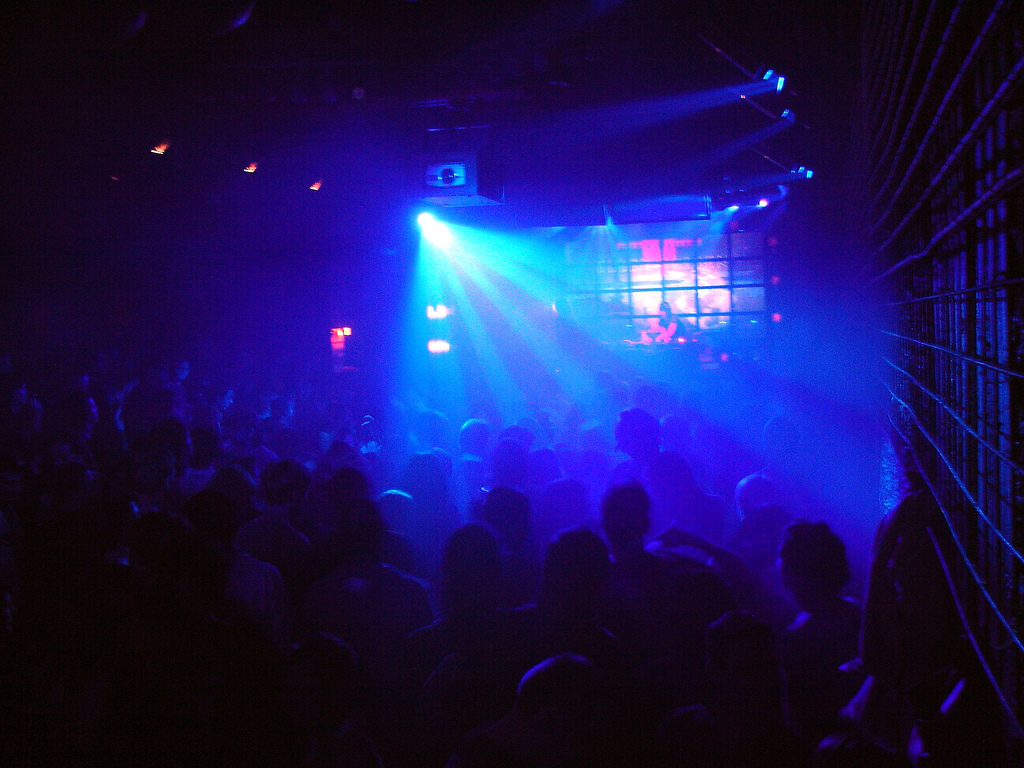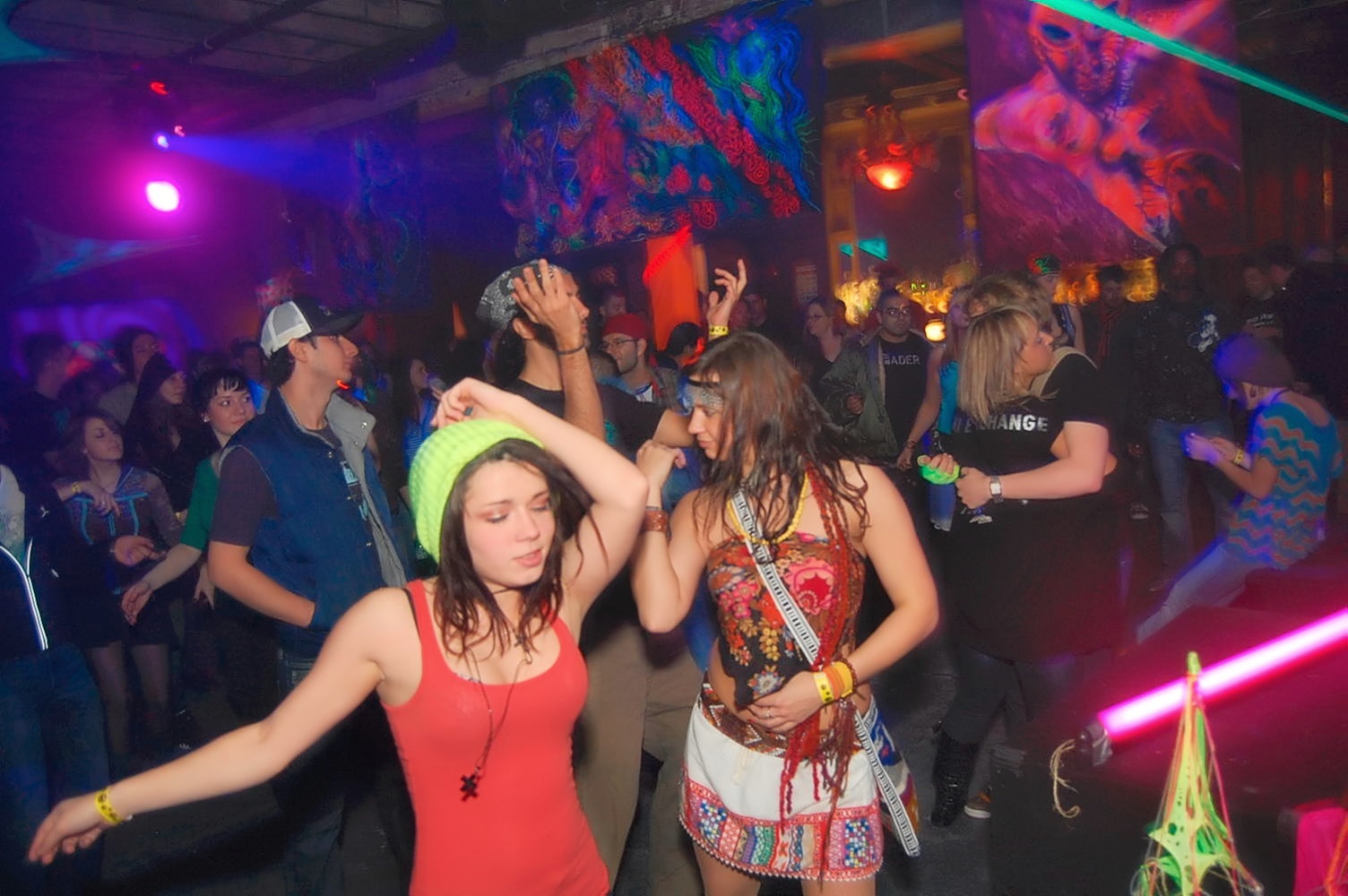A Brief History of Raves in the U.S.

By:
Nearly 500 people were arrested at two raves in the Los Angeles-area recently over reasons ranging from public intoxication to possession of drugs. One of the two raves was the HARD Day of the Dead, and there was heightened focus on it because of the two women who died at HARD's summer festival. Raves are pretty popular these days, and they often end up in the news for negative reasons, but where did all of these raves come from?
 Wikimedia Commons/Christian Kadluba - wikimedia.org
Wikimedia Commons/Christian Kadluba - wikimedia.org
Raves became prominent in the underground European dance music scene in the mid-1980s. They weren't the highly advertised, highly attended events we see in the U.S. today. European raves at the time were organized by small groups that had an appreciation for the growing techno music subculture and American house music, and they were often invite-only events. Toward the end of the 1980s, smaller raves became somewhat commonplace in America, and the current rave culture we see today began to form.
RELATED: The Real Reason We Started the War on Drugs
DJs like Paul Oakenfold, Nicky Holloway and Danny Rampling helped shape the English rave scene at the end of the 1980s after dropping ecstasy in Ibiza, Spain and experiencing the party culture there, LA Weekly explained in an article last year. The clothing associated with the scene was much different at that time, and it often looked more punk rock than neon.
.jpg?auto=format&crop=faces&fit=crop&q=60&w=736&ixlib=js-1.1.0) Wikimedia Commons/Eva Rinaldi - wikimedia.org
Wikimedia Commons/Eva Rinaldi - wikimedia.org
Raves both legal and illegal popped up across the country in the U.S. in the early 1990s. San Francisco and Los Angeles were hot beds for the scene. The culture began to become more mainstream with events like Rave America's "K-Rave '93" near Los Angeles, which saw an attendance of more than 17,000 people.
That rave scene kind of peaked in the mid-1990s, but large trance parties still appeared in places like Southern California into the end of the 1990s. Federal law enforcement had become tired of dealing with drug overdoses and parties that were hard to control, and there were many crack downs during that time. Larger raves began to appear sporadically between the mid-2000s and late 2000s, until the rave scene firmly reemerged with 2010's Electric Daisy Carnival (EDC) in Los Angeles.
 Flickr/081205yogibogeyball - flickr.com
Flickr/081205yogibogeyball - flickr.com
Unfortunately, a 15-year-old girl managed to get into EDC that year and over-dosed on ecstasy. Her death received news coverage across the country, and while very tragic, it helped get attention to the rave culture again. EDC was banned from organizing in Los Angeles at that time, but it spread elsewhere and similar massive raves began to emerge.
Since then, the rave culture we see today has burgeoned. Festivals like HARD and EDC are highly attended and talked about. That being said, the stories of tragedy and controversy have not stopped appearing. Hopefully for rave enthusiasts, they won't lose their favorite places to party, since officials in cities like Los Angeles have previously called for raves to be banned. Banning raves might force them underground, which could make them more dangerous, but that doesn't mean it won't happen.
